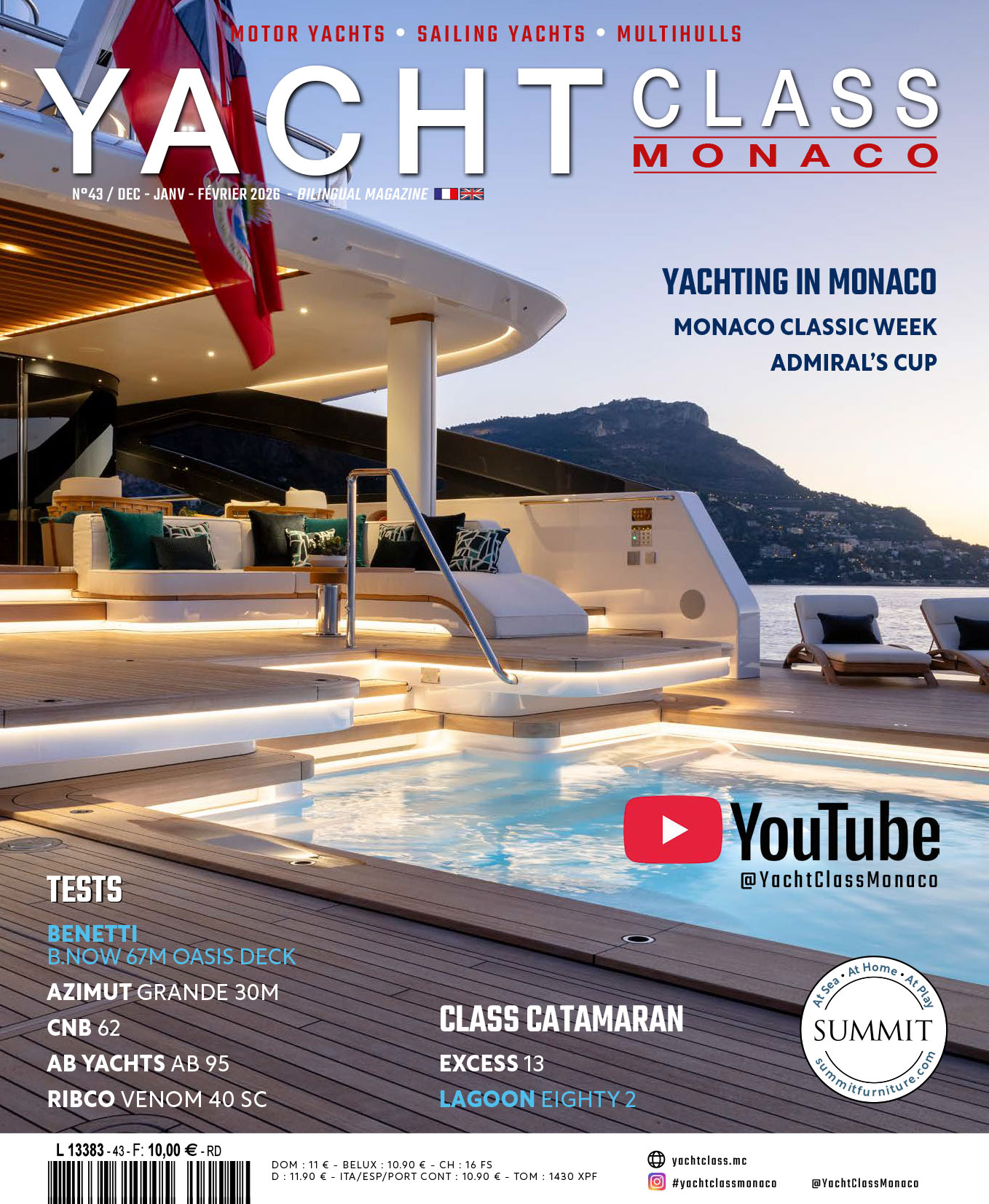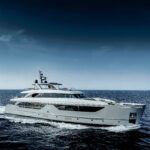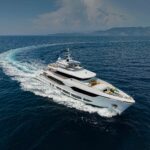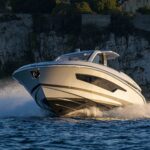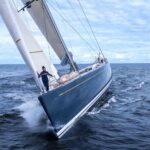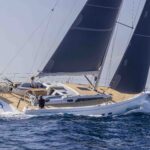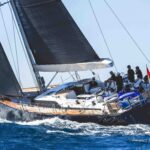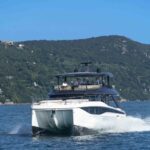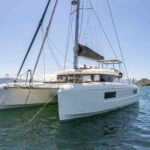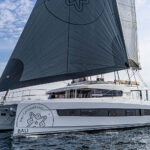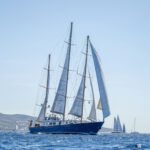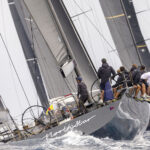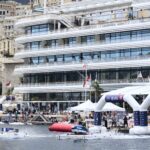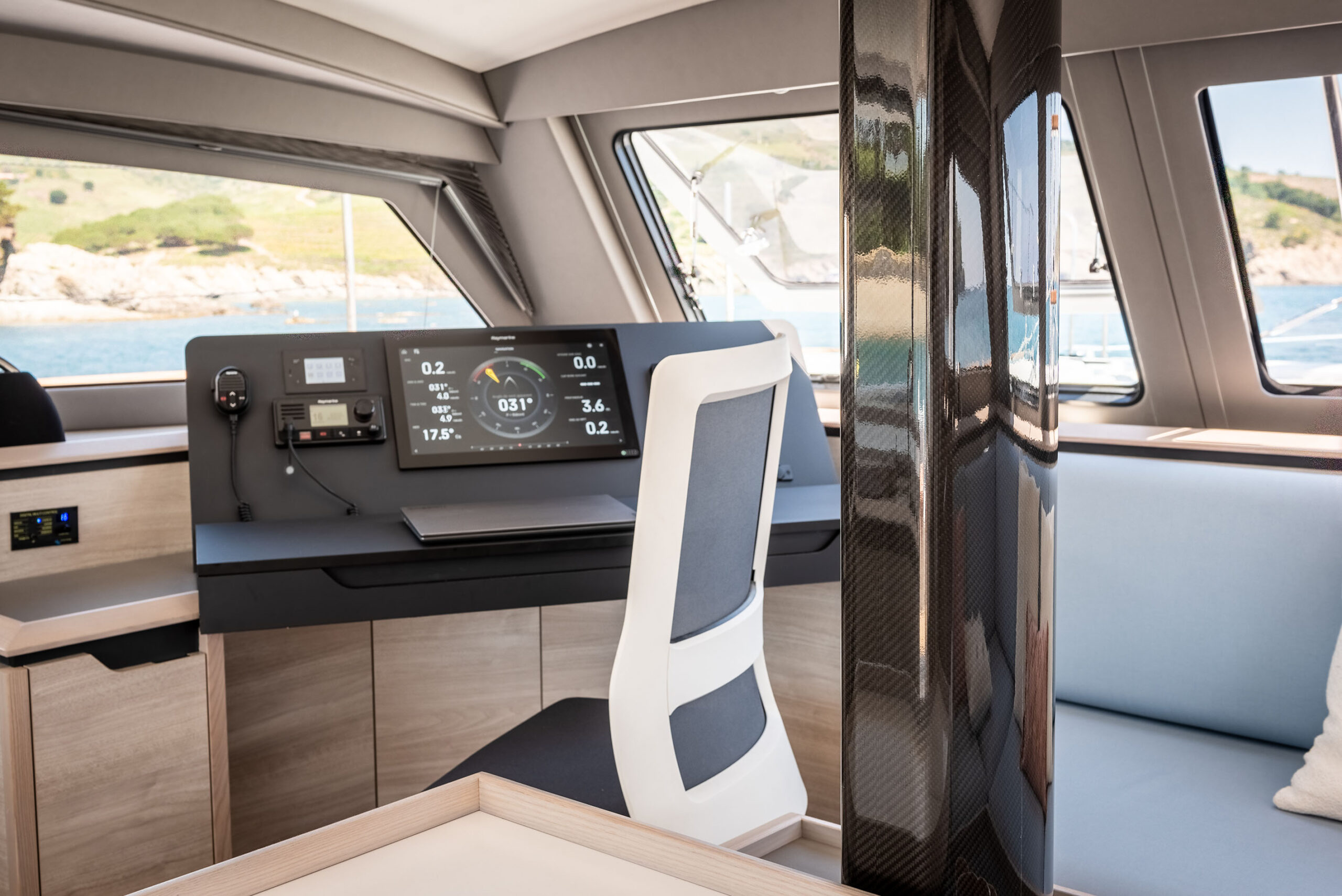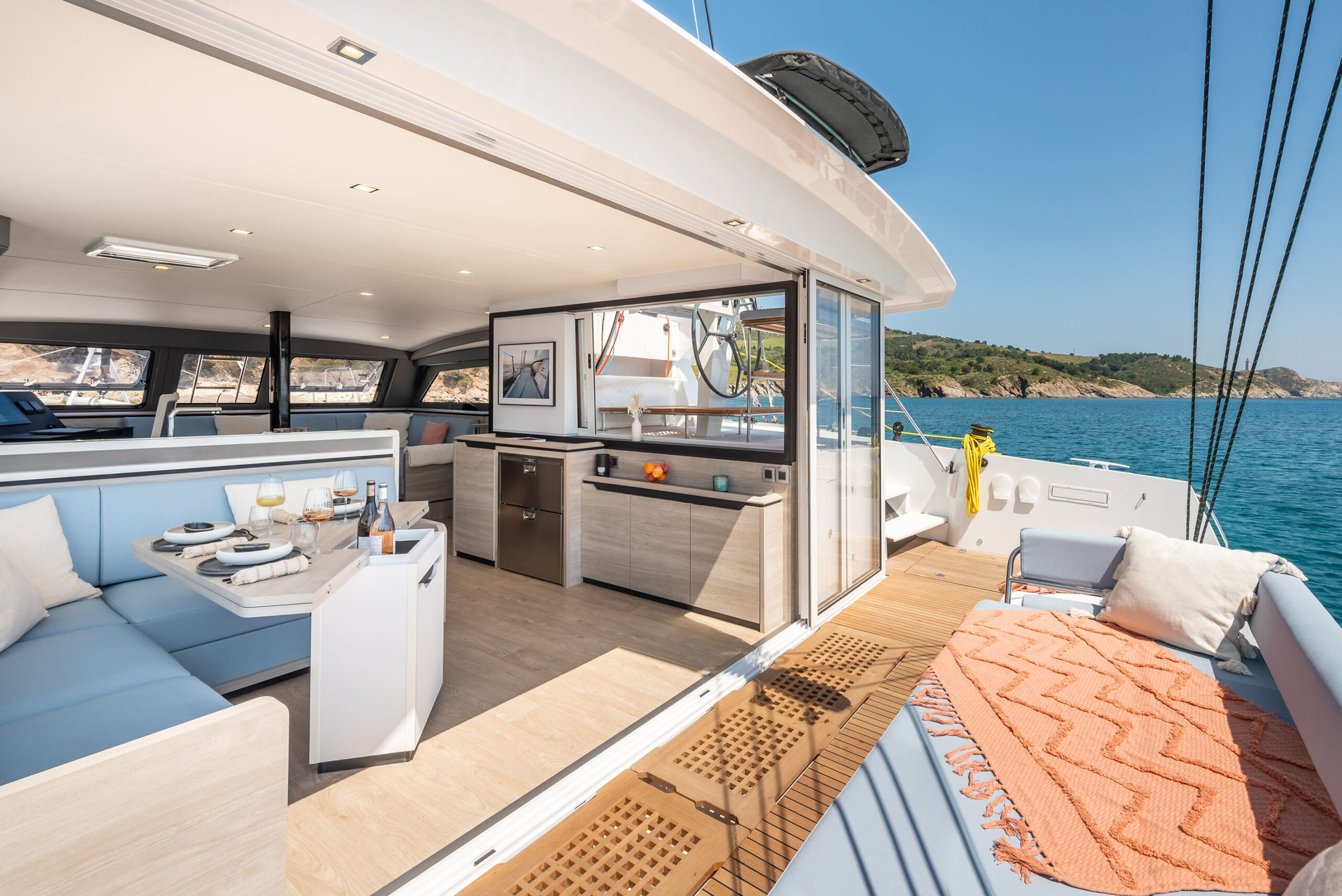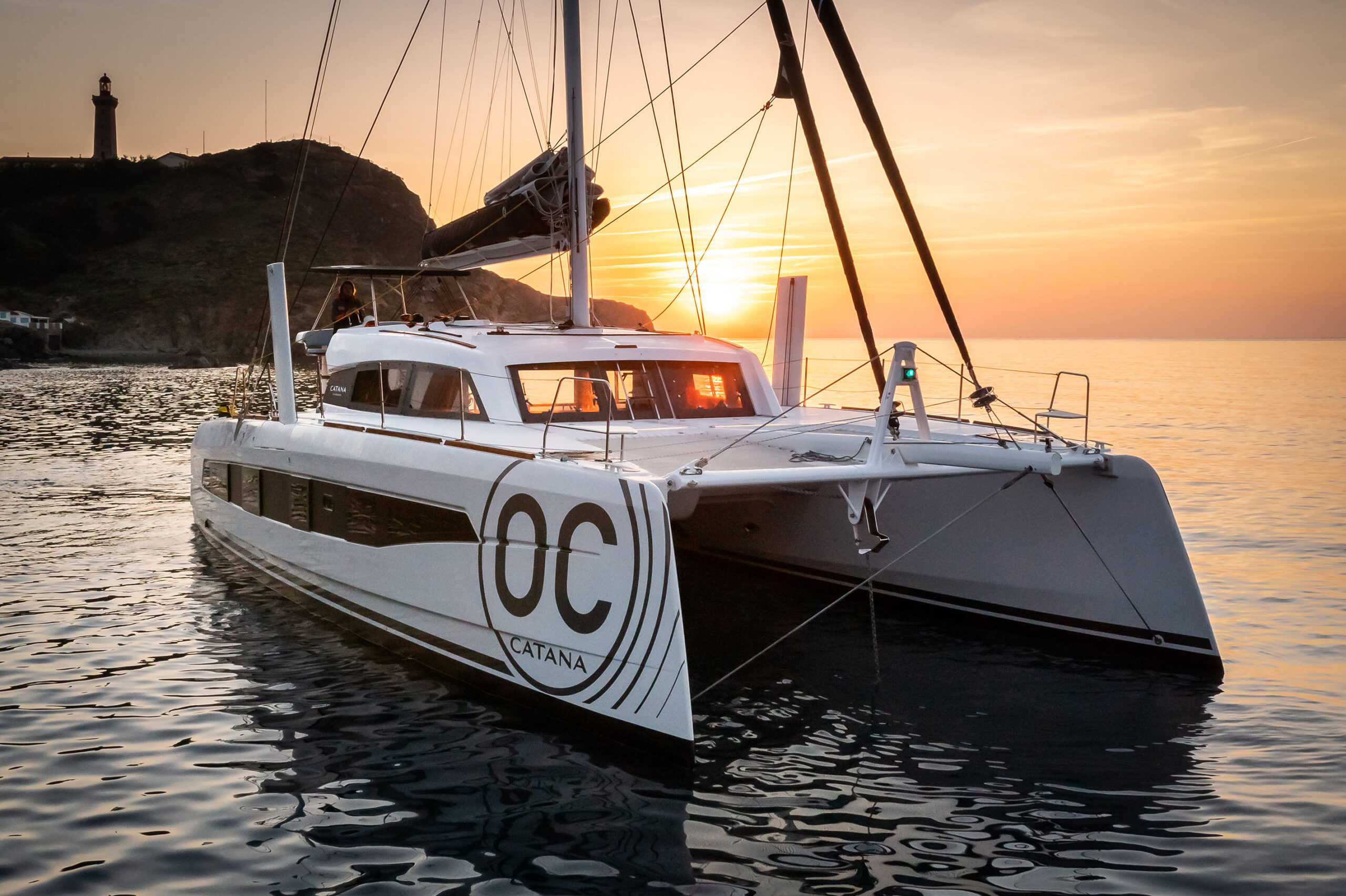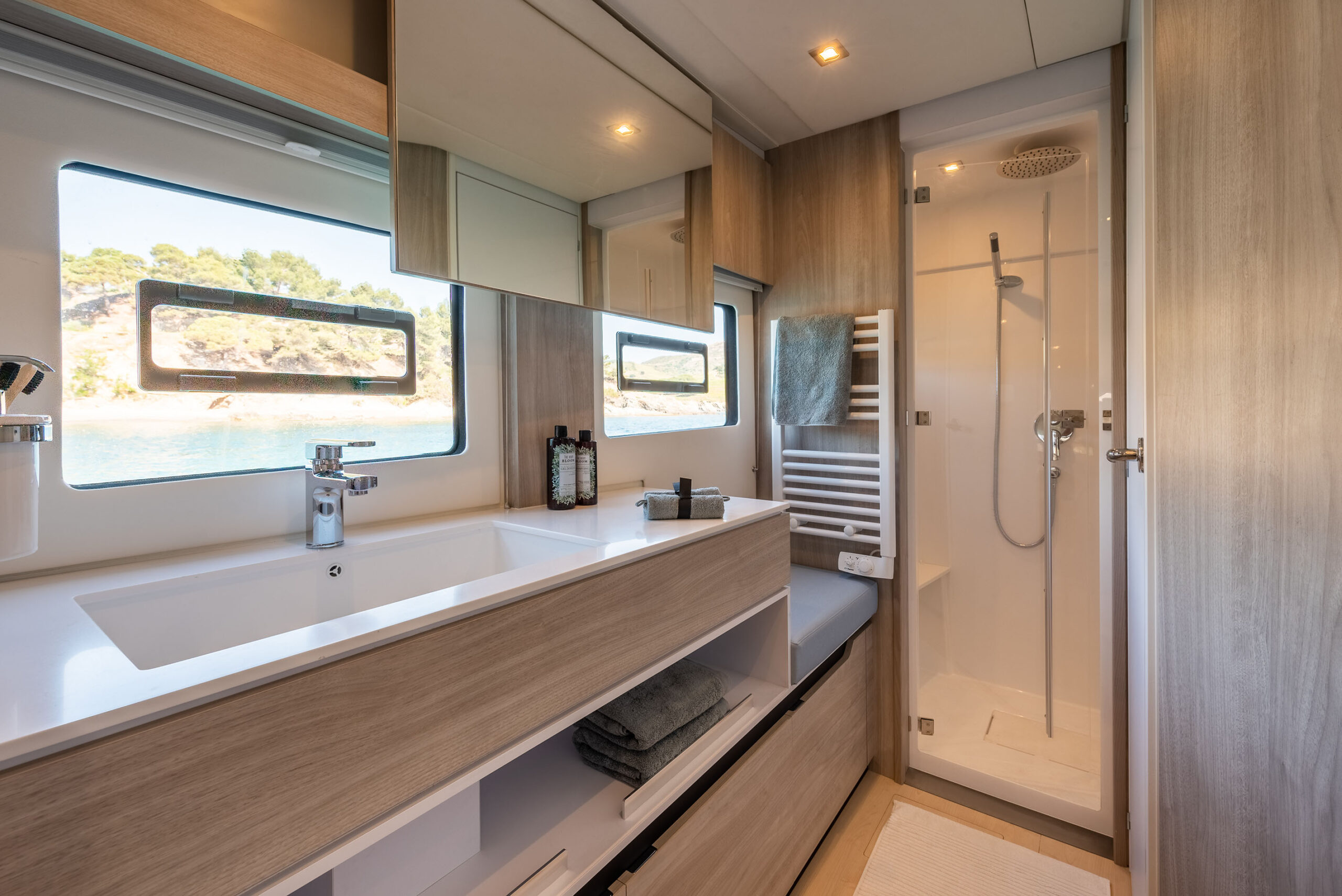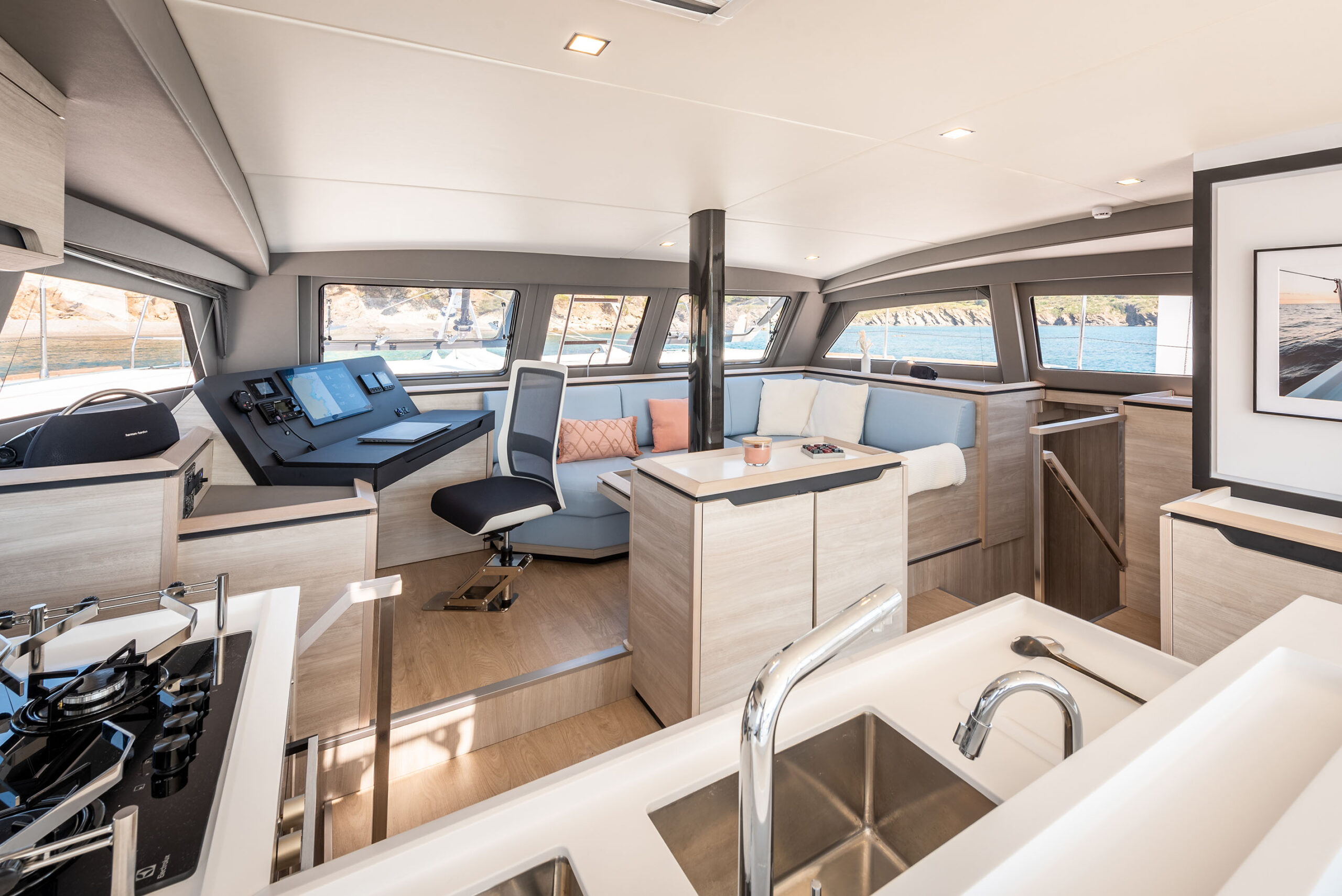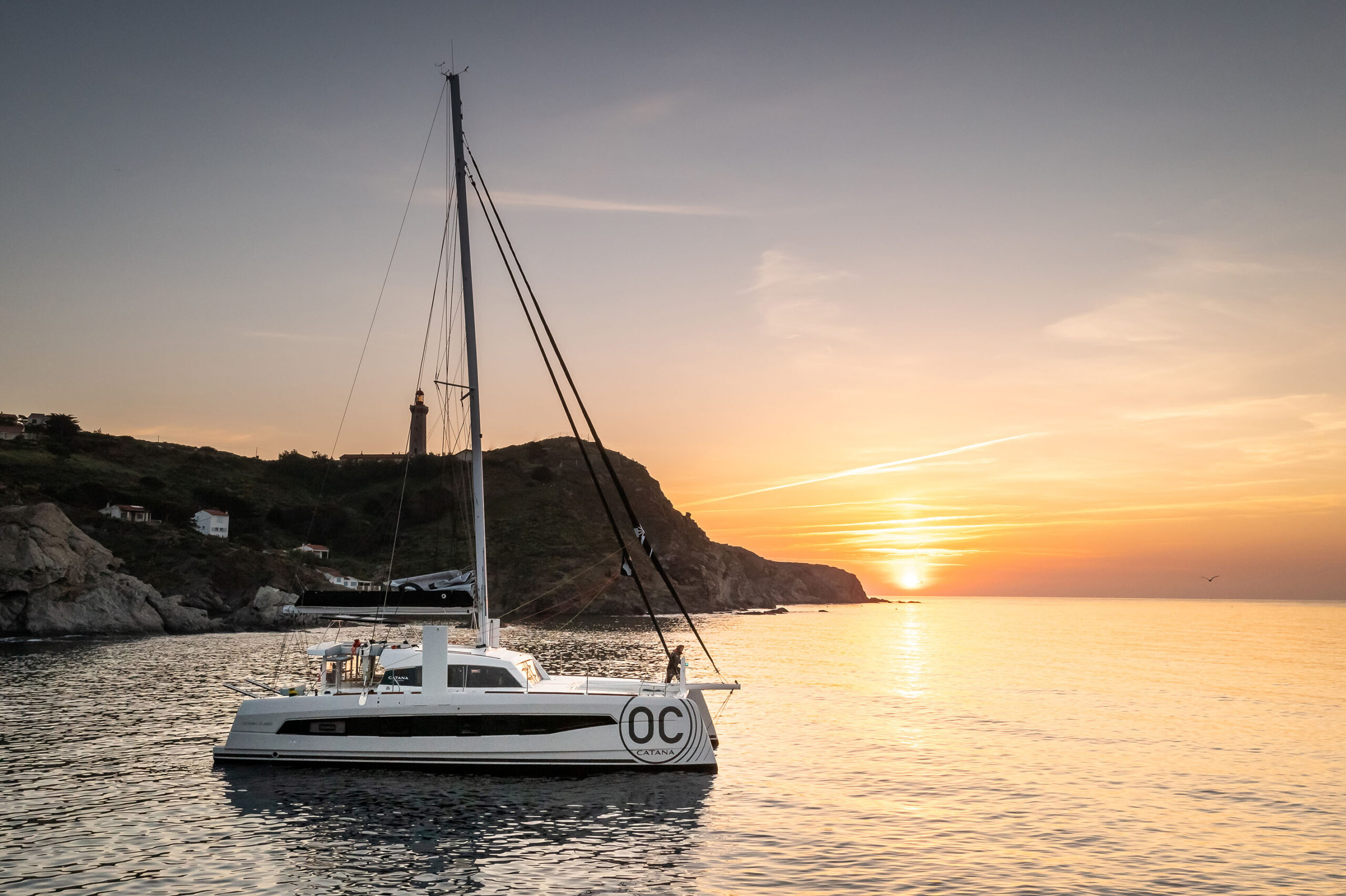Presentation
YACHT CLASS 31 (DEC-JAN-FEB 2023)
Catana Catamarans
The Ocean Class is the first new boat launched in several years by the French shipyard Catana. True to the brand DNA, this long-distance cruising catamaran is designed to offer speed and sensations under sail, but her layout ensures to the crew protected exteriors and comfortable interiors.
Written by Christophe Varène – Photos : All rights reserved
Catana picked the right location when it settled in Canet-en-Roussillon. It is located by the port, which makes launching easier while, for sea trials, the region is known to be often swept by the tramontana, a strong north-north-easterly wind which, along the coast, creates a moderate chop. Perfect for an outing aboard the Catana Ocean Class (15.75m), the latest addition to a small range that also includes the Catana 53. Designed, as her name suggests, for long crossings, or even a circumnavigation, the Ocean Class is designed to be manageable by two, as we tested on this beautiful windy day at the end of June in the company of Benjamin Monier, sales manager at Catana. Quietly moored, this sailing boat is immediately noticeable by her lighter and slimmer silhouette compared to other catamarans of equivalent size. This – justified – impression is due to her inverted bows, but above all to her rather low freeboard and its lowered boom made possible by the absence of a flybridge, a characteristic that certainly gives comfort, but also a massive look. And when it comes to folding the mainsail, Benjamin indicated that the future units will have a boom lowered by 35 cm for greater performance (1.50 m2 of additional sail area) and accessibility.
Powerful downwind
Before sending the sails, the journey to the open sea proved the efficiency of the engine. With two 57 hp Yanmar diesel engines (slightly more powerful than the standard 45 hp), this Catana has a cruising speed of 7 knots and can hit 9 knots at maximum speed. But the Ocean Class is designed to glide under sail and when all the sails are adjusted, with a forward genoa, the speedometer shows 9 knots or more over and over, with an apparent wind of 25 knots and an apparent angle of 40 degrees. The single helm station, high up on starboard, has good visibility with, of course, slight differences depending on the tack. The ergonomics of this space, essential for the smooth running of the yacht, includes a small cockpit with winches and storage for halyards and sheets forward of the helm. Everything is within reach, even when sailing solo. After replacing the genoa by the gennaker and sailing at 100 degrees to the wind, the Ocean Class accelerated to over 10-11 knots. At this speed, the daggerboards also needed to be raised, an effortless task thanks to an electric control. In the trade winds, in the heart of the Atlantic towards the Caribbean, this performance will be much appreciated, especially considering the real feeling at the helm and the amazing response. An important detail is the sliding window at the foot of the helmsman’s seat facilitating the communication with the passengers in the cockpit or saloon.
A fine line between outside and inside
While the helmsman enjoys the moment, the rest of the crew also finds elements of satisfaction. A quick tour of the deck, with the wide side decks making it easy to move around, reveals a forward section occupied for a major part by a trampoline and storage lockers. Once stripped down, this space can get cushions at anchor. The forepeak accommodates a very large volume to port that could be transformed into a crew quarters or even a workshop and, to starboard, a locker that could be used as a sail locker. Aft, the cockpit is rather small with its transverse settee, its two companionways leading to the swim platform and the davits that can accommodate a 3.40 m and 350 kg tender. But it makes perfect sense when the salon sliding windows are open and the boundary between outside and inside disappears to create a space that is both protected and aerated thanks to side windows. On the boat we tested, the first in the series, the saloon has an L-shaped layout with a surprising folding triangle table. Although this shape frees up space, the table should be better exploited on future units. A side cabinet with fridges makes the liaison with the L-shaped galley to port. In the saloon, a small central counter isolates the saloon, its corner settee and small table, as well as the navigation station. The latter is arranged slantwise to save space. The result is quite convincing with a large work surface, a sloping panel with the electronic instrumentation, with excellent visibility and a comfortable fixed and swivelling seat.
A bright master suite
Down into the port hull is located the master suite: towards the stern, a storage area, wardrobe and desk precede the double berth, while forward is the bathroom with a washbasin, a small sofa, a shower cubicle and an enclosed toilet. All along the hull, portholes provide light and above all an unobstructed view of the sea. In the opposite hull, two cabins share a bathroom with shower cubicle and independent toilets. The bow one can either get two bunk beds or a double bed, while the other one, slightly larger, is occupied by a true double bed. Everywhere, the finishes are meticulous, with weight saving construction techniques: the structural bulkheads gave way to carbon reinforcements with lined corner pieces at the pillar level; the doors and interior floors are foamed for greater lightness and better soundproofing; the cockpit floor is made of lighter, easy-to-clean PVC. Energy management was also important with the installation of solar panels on the deckhouse (the advantage of no flybridge) that can cover the standard daily consumption, except for washing and drying machines, and the air conditioning only in the hulls. Because sailing far away with an Ocean Class is also respectful of the environment.
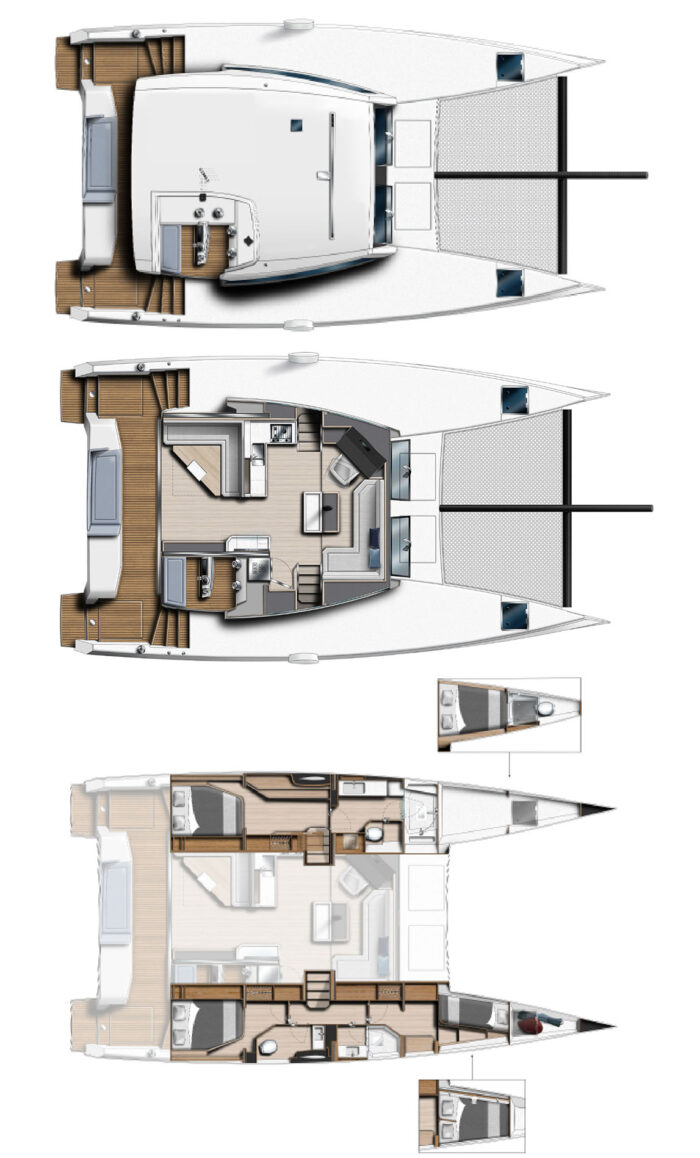
Technical sheet
